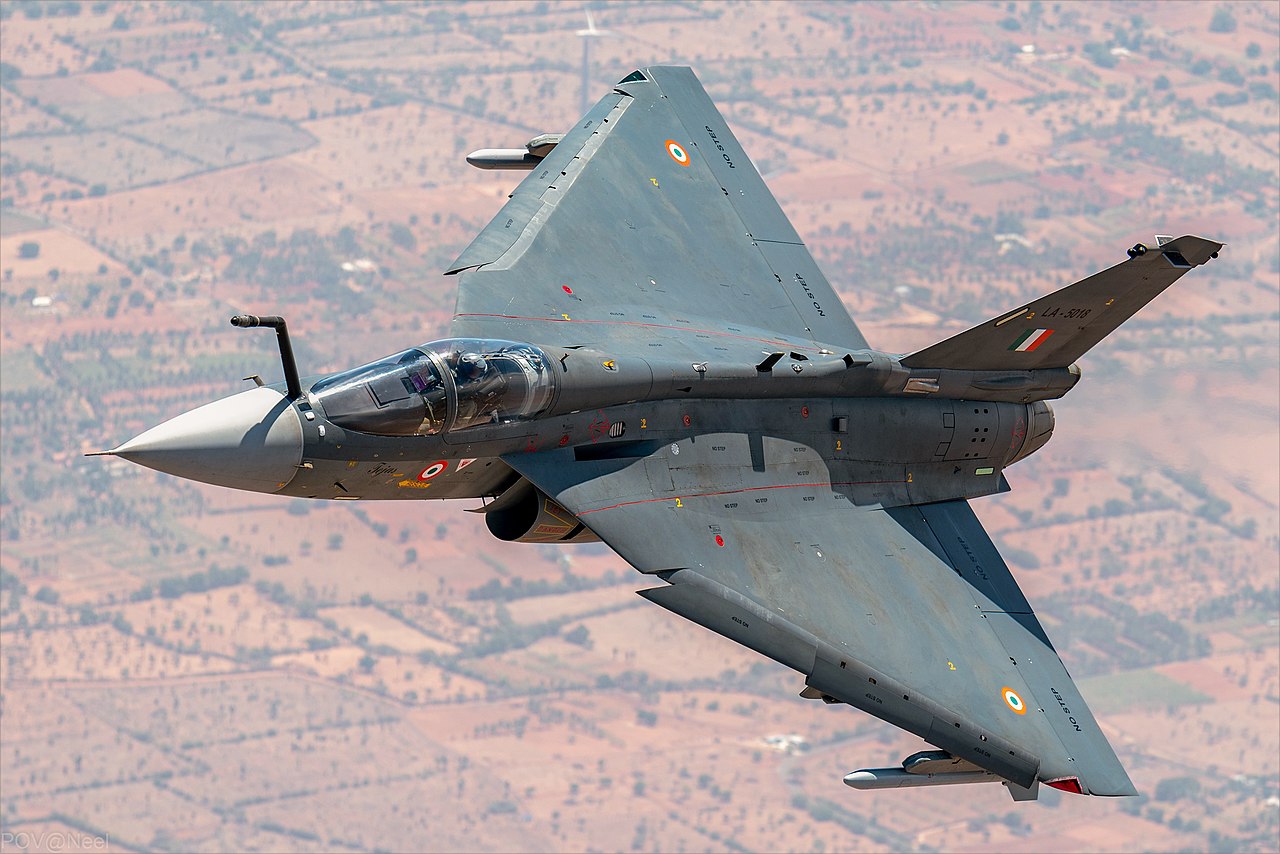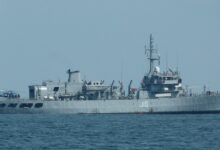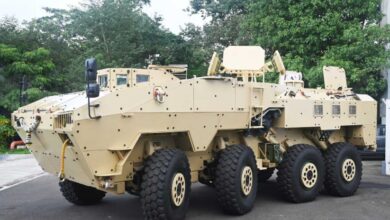Challenges In India’s Major Weapons Projects: Dependency On US Engines And Diplomatic Relations

- While pulling off a similar move with a country as big and powerful as India would be very difficult and could have bad results
- Indian is a very big and important country, so pulling off this stunt would be hard and could have very bad results.
A month ago, on November 29, the US Justice Department said that two Indian citizens were planning to kill Khalistani terrorists and a US citizen named Gurupatwant Singh Pannu.
The US Justice Department says that one of the suspects works for the Research and Analysis Wing (R&AW), which is India’s foreign intelligence service.
The recent news from the US, which came at a time when relations between India and Canada were tense, has caused concern. People don’t trust the US as an ally when it comes to getting weapons because it backs people like Pannu who are known for making threats against Indian citizens, like the recent threat to attack the Indian parliament.
What the US has done in the past also doesn’t help its case.
Its action of blocking the Indian Army’s GPS signal during the Kargil War in 1999 should serve as a reminder.
After India’s Pokhran nuclear tests in 1998, the US also stopped the development of the fly-by-wire (FBW) system for the Tejas program. This made the development of the indigenous fighter much more difficult.
India was able to build the FBW system on its own in the end, with no help from other countries.
India has known this for a long time and is working hard to build its own defense industrial complex so that it can make as much of its own equipment as possible.
But many of the parts and subsystems that go into these “Made in India” weapons systems come from around the world, including some US companies, like General Electric’s jet engines.
GE’s F-404 jet engines power the Hindustan Aeronautics Limited (HAL)-built Tejas Mk-1 jet, of which 220 are in different stages of delivery and deployment.
The fifth generation stealth Advanced Medium Combat Aircraft (AMCA) (minimum 36 units) and the Twin-Engine Deck-Based Fighter fighter for the Navy (57 units) will all use the GE F-414 engine. The Tejas Mk-2 is still being developed, and 120 units are planned.
The US has even given India almost 80% of the technology used in these GE F-414 engines, which has never been done before.
The Indian Navy also relies on parts that were made in the US.
GE’s LM-2500 marine gas turbines are used in INS Vikrant, India’s first aircraft carrier, and the three Shivalik class frigates.
The LM-2500 gas-turbine engines will be used in all seven Nilgiri class frigates that are currently being built and the next-generation destroyer that will be built.
Along with the other things that were brought in directly from the US, these include the IAF’s C-130J and C-17 Globemaster-III cargo planes, the Indian Navy’s MH-60R anti-submarine warfare (ASW) helicopters, the P-8I Poseidon ASW aircraft, and the MQ-9B drones.
Therefore, the progress and success of these projects are subject to the political views that the US government holds at the time, or more specifically, to their whims and fancy.
The US has a history of using defense exports as a strategic tool. For example, it recently refused to sell F-35 fighters to Turkey after that country began to make friends with Russia.
While pulling off a similar move with a country as big and powerful as India would be very difficult and could have bad results, it is not impossible that the US would do so.
Indian is a very big and important country, so pulling off this stunt would be hard and could have very bad results. But it’s not impossible for the US to do something like this when it doesn’t care about India’s concerns, even when the issues are simple, like the Pannu case.







Facebook Comments